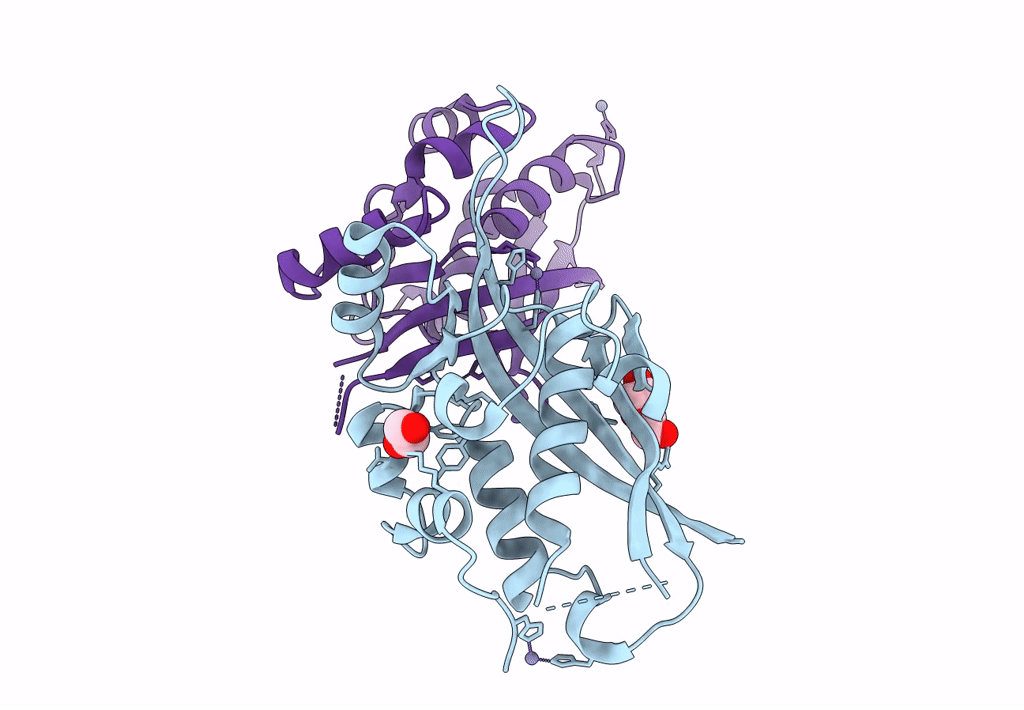
Deposition Date
2022-05-10
Release Date
2022-12-07
Last Version Date
2024-05-22
Entry Detail
PDB ID:
7V0F
Keywords:
Title:
Structure of 6-carboxy-5,6,7,8-tetrahydropterin synthase paralog QueD2 from Acinetobacter baumannii
Biological Source:
Source Organism:
Acinetobacter baumannii ATCC 17978 (Taxon ID: 400667)
Host Organism:
Method Details:
Experimental Method:
Resolution:
2.35 Å
R-Value Free:
0.27
R-Value Work:
0.23
R-Value Observed:
0.23
Space Group:
I 4


